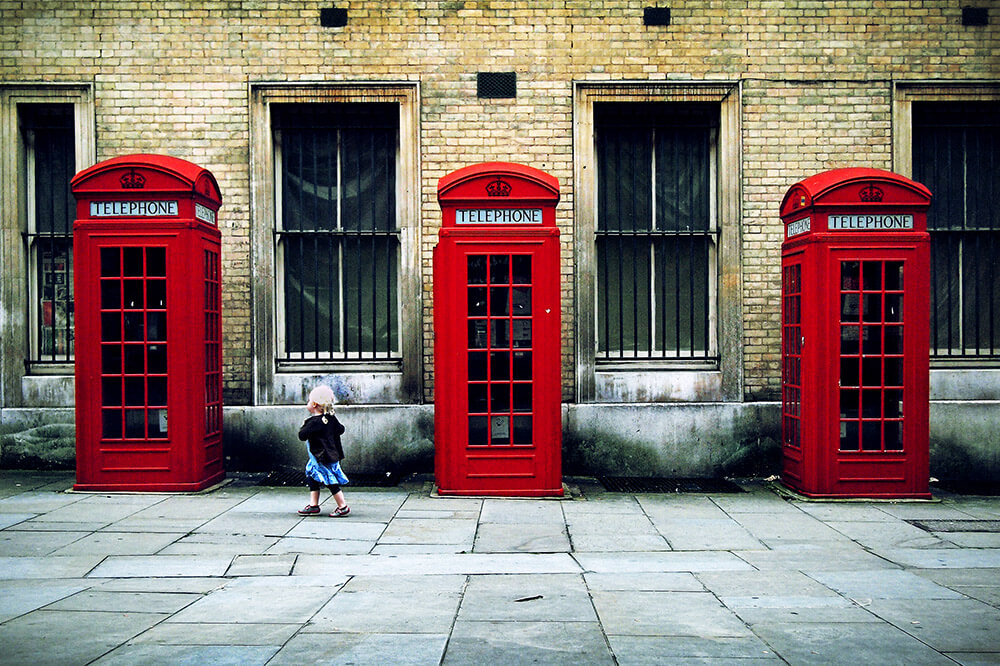Getting The Street Photographers To Work
Getting The Street Photographers To Work
Blog Article
Street Photographers Can Be Fun For Anyone
Table of ContentsStreet Photographers for BeginnersNot known Details About Street Photographers What Does Street Photographers Mean?Getting The Street Photographers To WorkNot known Incorrect Statements About Street Photographers
Road photographers do not always have a social function in mind, yet they prefer to separate and catch moments which may or else go undetected.He was affected by many of those that influenced the road professional photographers of the 1950s and '60s, he was not primarily interested in catching the spirit of the road., that functioned side by side with photographers attempting to record the significance of city life.

Given the great high quality of his photos and the breadth of material, architects and musicians often bought Atget's prints to use as recommendation for their very own work, though commercial interests were rarely his main inspiration. Instead, he was driven to photo every last residue of the Paris he loved.
Street Photographers - Truths
They disclose the city via his eyes. His job and essential understanding of digital photography as an art form acted as motivation to generations of professional photographers that complied with. The future generation of street professional photographers, though they likely did not refer to themselves thus, was introduced by the photojournalism of Hungarian-born digital photographer Andr Kertsz.
Unlike his peers, Brassa used a larger-format Voigtlnder cam with a much longer direct exposure time, forcing him to be much more computed and thoughtful in his method than he might have been if making use of a Leica. (It is assumed that he might not have been able to pay for a Leica during that time, but he did, nevertheless, use one in the late 1950s to take colour photographs.) Brassa's photographs of the Paris abyss illuminated by fabricated light were a revelation, and the collection of the collection that he published, (1933 ), was a significant success.
Cartier-Bresson was a champ of the Leica cam and one of the very first professional photographers to maximize its capabilities. The Leica enabled the digital photographer to interact with the environments and to capture moments as they occurred - Street Photographers. Its fairly tiny dimension additionally helped the digital photographer fade right into the background, which was Cartier-Bresson's preferred technique
The 30-Second Trick For Street Photographers
It is as a result of this basic understanding of the art of picture taking that he is frequently attributed with discovering the medium all over again approximately a century since its innovation. He took photographs for more than a half century and affected generations of photographers to trust their eye and intuition in the minute.
These are the concerns I shall try to answer: And afterwards I'll leave you with my own definition of road digital photography. Yes, we do. Allow's start with defining what an interpretation is: According to it is: "The act of defining, or of see making something precise, distinct, or clear".
No, absolutely not. The term is both limiting and deceiving. Sounds like a road photography need to be pictures of a streets appropriate?! And all street photographers, with the exception of a small number of absolute novices, will completely appreciate that a street is not the crucial element to street digital photography, and in fact if it's an image of a road with maybe a few uninteresting individuals doing nothing of interest, that's not road digital photography that's a picture of a road.
He makes a valid point do not you believe? Nevertheless, while I concur with him I'm not exactly sure "honest public digital photography" will catch on (although I do type of like the term "honest photography") since "street photography" has actually been around for a very long time, with many masters' names affixed to it, so I think the term is below to stay.
Excitement About Street Photographers
Inside?! I hear you shout as you drink your clenched fist to the sky. Why not? You can contend the beach, at an event, in an alley, in a park, in a piazza, in a cafe, at a gallery or art gallery, in a metro terminal, at an event, on a bridge, under a bridge ...

Everything about Street Photographers

Report this page